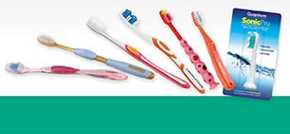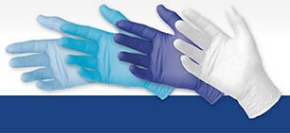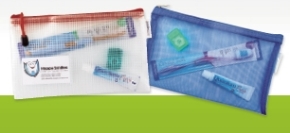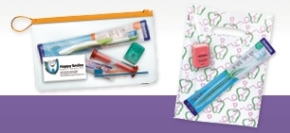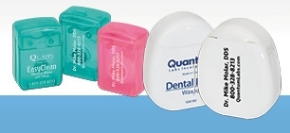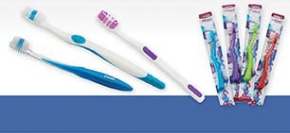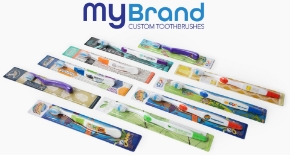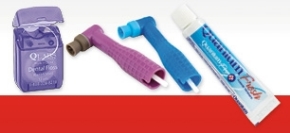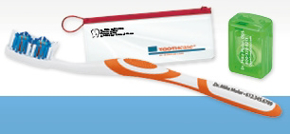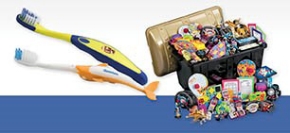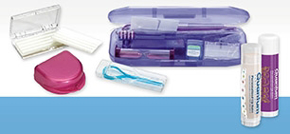By now most people know that brushing their teeth is the foundation of good oral care and prevention. According to the American Dental Association (ADA), both electric and manual toothbrushes are effective at removing the oral plaque that can cause decay and disease.
Electric and manual toothbrushes each have their own benefits. The ADA puts a Seal of Acceptance on any toothbrush, electric or manual, that’s proven safe and effective. Read more about the pros and cons and which one might be best for your clients.
Manual toothbrushes come in many different shapes and sizes and are powered by your hand and wrist. Although electric toothbrushes are starting to become the preference over a manual toothbrush for overall oral health, there are some pros and cons to using a manual toothbrush.
Pros:
- Manual toothbrushes cost less
- Lots of styles, bristles and heads to choose from
- Great for travel
- No batteries or charging necessary
Cons:
- No timer
- Difficult to clean teeth as thoroughly as an electric
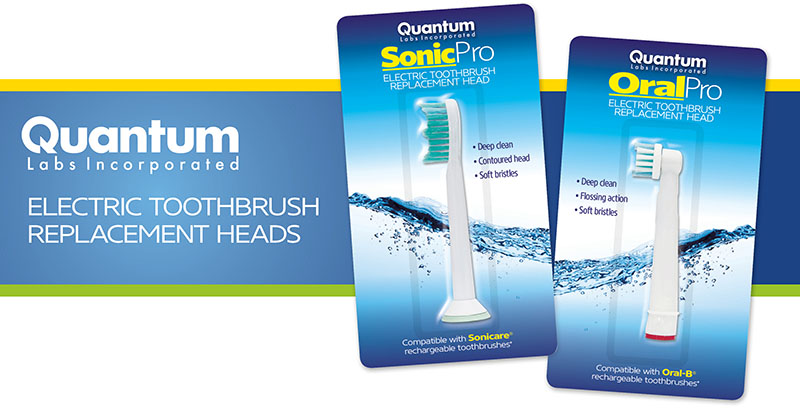
There are currently two types of technology used in electric toothbrushes: oscillating and sonic. We will discuss these before going into the pros and cons.
Oscillating
Oscillating toothbrushes come with smaller, round toothbrush heads that turn (oscillate) quickly in one direction and then in another direction to clean your teeth. They typically oscillate anywhere from 2,500-7,000 strokes per minute depending on the brush.
Some research shows that electric toothbrushes with rotating-oscillating bristles are more effective at removing plaque and preventing periodontal (gum) disease than manual toothbrushes. However, this research did not compare other electric toothbrushes like those who use sonic technology.
Sonic
Sonic toothbrushes use sonic technology which makes the brush vibrate around 31,000 strokes per minute. The brush heads are shaped like regular toothbrush heads and vibrate side to side to clean your teeth.
Many brush manufacturers claim that sonic vibrations push toothpaste, water, and saliva into areas where bristles don’t touch, resulting in a better cleaning, and some scientific evidence does suggest that these brushes will indeed clean areas that others cannot.
Pros:
- Easier for people with limited mobility, such as people with arthritis
- Built-in timers
- Can be more fun for kids
Cons:
- More expensive
- Can be damaged by dropping or while traveling
- Need batteries or a way to charge
- Need to buy replacement heads
While electric toothbrushes will give patients the best cleaning, the choice between manual versus electric can really come down to a patient’s personal preference and situation. Having an electric toothbrush in the home and a manual one for travel is perfectly acceptable. If, however, your patients prefer manual toothbrushes make sure to share with them the proper technique (timing, technique, etc.) to brush with them.
If you’d like to learn about our manual versus electric toothbrush options or other toothbrushing aids, like timers, that we have available, please contact us today.


 Log in
Log in 


